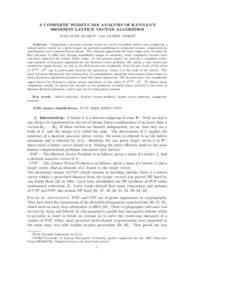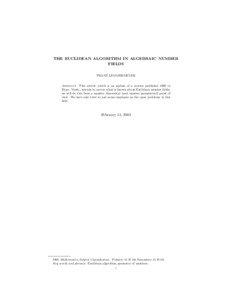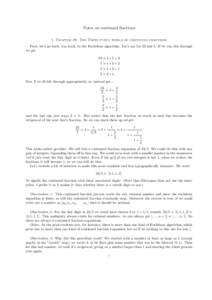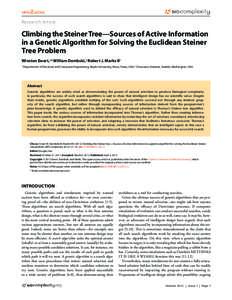<--- Back to Details
| First Page | Document Content | |
|---|---|---|
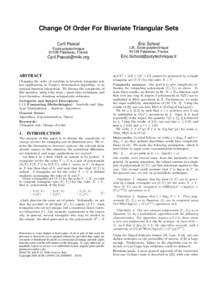 Date: 2006-12-07 09:59:01Polynomials Lemmas Generating function NC Elliptic curve Closed and exact differential forms Euclidean algorithm Permutation polynomial Transcendental number |
Add to Reading List |
 Change Of Order For Bivariate Triangular Sets ´ Eric Schost Cyril Pascal
Change Of Order For Bivariate Triangular Sets ´ Eric Schost Cyril Pascal
